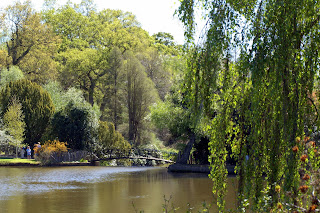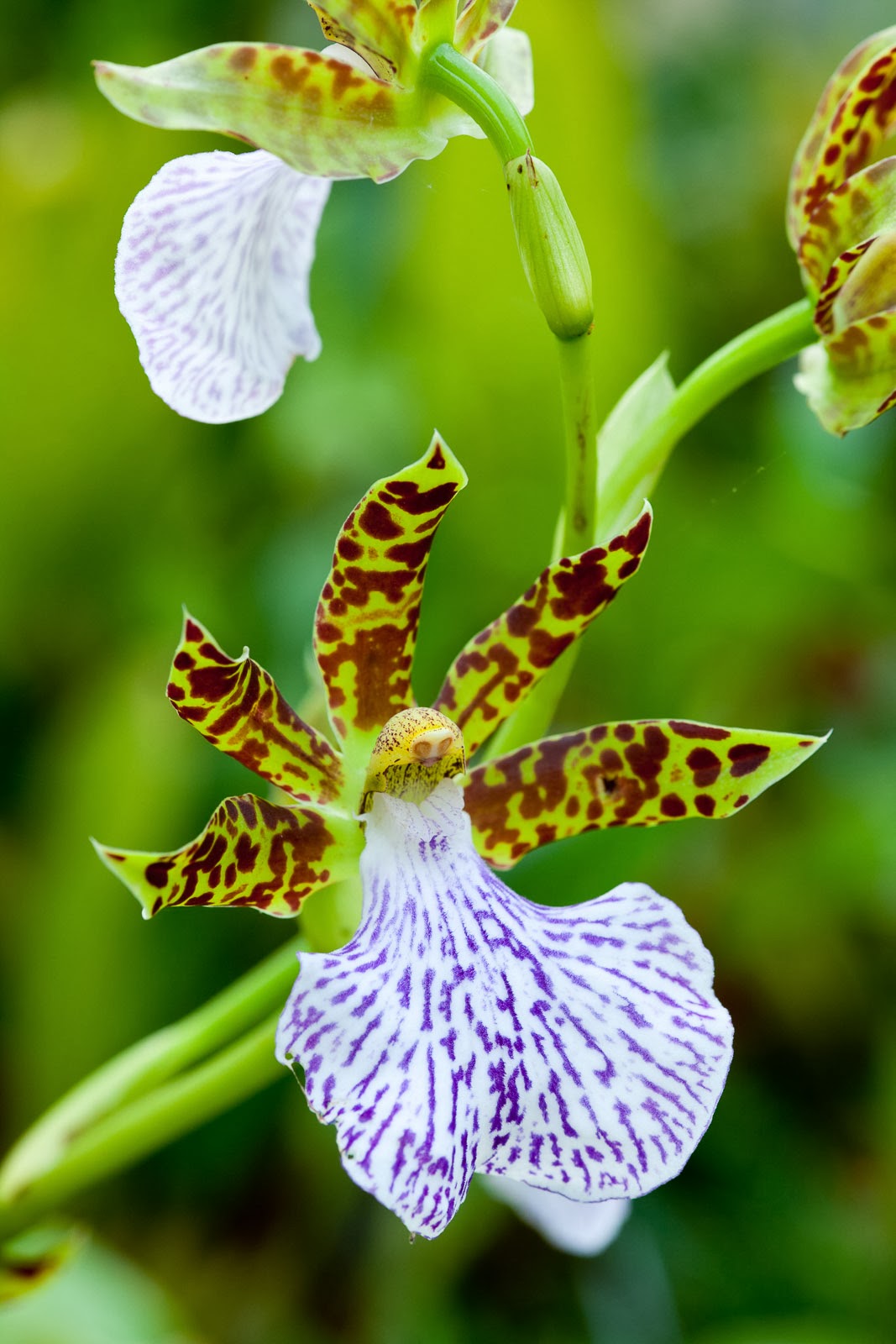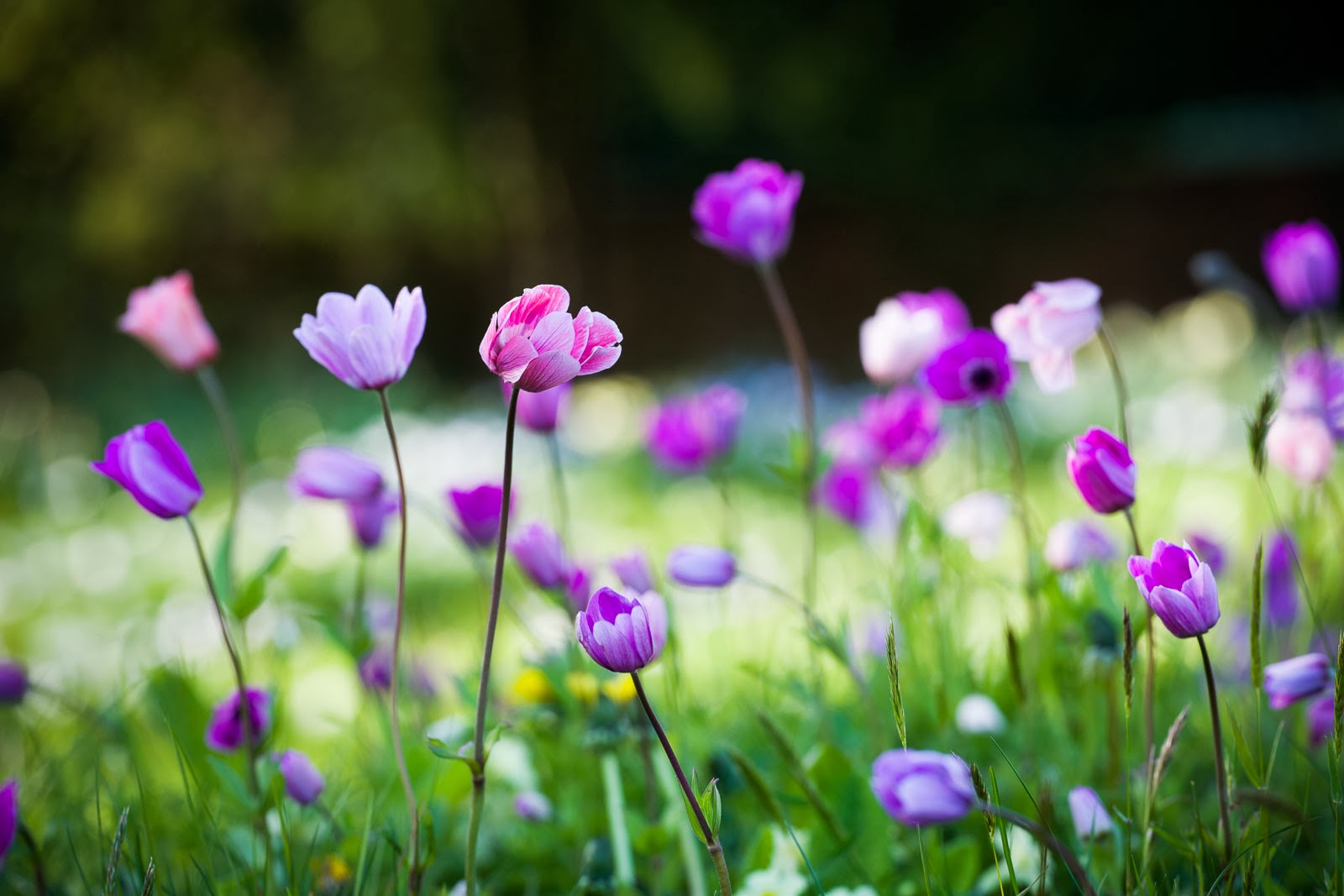What is the first image that comes to mind when you read the words “plant-based medicine”? This is the question
James Wong presented the audience with last Thursday night at the 5
th annual
Annals of Botany Lecture held at the
University of Bristol.
The audience, admittedly filled with plant aficionados, came up with answers such as aspirin and morphine. However, the same question posed during a university course that Wong teaches came up with some different imagery: dread locks and muddy boots, fads and big business, witch doctors in the Amazon, and cauldrons and concoctions. Imagery that suggests that plant-based medicine is a system of health care that is impractical, ineffective and therefore irrelevant. Given these cultural perceptions, is there still a role for plant-based medicine in an age where we are
constructing nanoparticlesand running
quantum algorithms?
Wong spent well over an hour exploring this question with an audience of over 200 last week – dispelling many of the myths that surround herbal medicine and distinguishing between scientific fact and cultural belief. But before I get to that, let me tell you a little bit about the man himself.
A self-proclaimed botany geek
If you’re not already familiar with the infectious smile of James Wong and his unbridled enthusiasm, let me introduce you. James is an ethnobotanist. He studies the relationships between plants and people – how people use plants, how they learn about what plants do, and how plants are perceived across societies. He trained at Kew Gardens and his own research into traditional medical systems has taken him to Ecuador, Southern Chile and Indonesia.
You may recognise James from the award-winning BBC Two series
Grow Your Own Drugs and as a member of the BBC One
Countryfileteam. If that’s not enough, he’s also an award-winning
garden designer and best-selling
author. His energy level makes me think that he may have a very thorough understanding of some of the stimulant properties of plants, but as I’m working my way through my fourth cup of tea this morning, who am I to talk!
Drawing a thick black line between conventional and herbal medicine
James puts up a picture of a pile of pills on the left hand side of the screen and a picture of herbs on the right. These represent conventional and herbal medicine accordingly. James then uses some very opposing language to describe perceptions about these two schools of medicine – synthetic vs natural, evidence-based vs ineffective, proven safe vs potentially dangerous. Then, he draws a thick black line between the two.
“In the western world,” says James, “people in one camp immediately dismiss the other camp. But this idea is not scientifically based, it’s a cultural perception. Most scientists don’t see this black line. They are concerned about the efficacy of a substance rather than the source.”
For starters, many pills are derived from plants. In fact, 50% of the most commonly used conventional drugs and 75% of current cancer treatments are derived from natural sources. James provides a couple of fantastic examples:
· Houttuynia cordata – is given as an injection treatment- known as HCI –as a treatment for severe acute respiratory syndrome (SARS) because of its anti-inflammatory properties.
· Artemisinin is isolated from the plant Artemisia annua, sweet wormwood, and is taken as an antimalarial, replacing many of the quinine-based antimalarials.
So why is it that with so many medicines combating some of the toughest diseases of the 21st century coming from natural sources, there is still a perception that herbal medicines are best left for those that dance barefoot in the mud at Glastonbury?
Myth 1: Herbal medicines are ineffective
Reason 1: lack of evidence
The number one reason that herbal medicines are thought to be ineffective is due to a lack of evidence. James sites cost as the main reason that evidence lacks for these herbal remedies. With an estimated 50,000 medicinal plant species on the planet, James estimates that it would cost between USD $4.5 trillion and 36 trillion to test all these potential plant species (assuming we’ve actually found them) for the 300 most common ailments. This is 81 years of the world’s combined GDP. Not only is this unrealistic, there is very little economic incentive to even try to test all medicinal plants as patenting plant sources is very difficult.
The other challenge with providing evidence for the effectiveness of herbal medicines is that much of the testing is, quite frankly, inaccurate. James uses Echinaceaas a classic example of this. In a study looking at the efficacy of Echinacea, they tested the dried leaves and flowers of E. purpurea – the common garden species. However, it is the fresh root of E. pallida and E. angustifolia that is used in traditional medicines.
“This is like testing the fur of a kitten to determine the effectiveness of the claws of a tiger,” says James.
James also referred to a paradigm mismatch as the root of these perceptions. We are products of our paradigm environments. You and I fully understand the concept of germs because we were raised in that paradigm. However, think about someone from an isolated tribe in the Amazon grappling with the idea that we have little creatures living on and in us that grow and multiply simply by dividing in two and can make us sick. It’s simply not plausible to them!
Morning glory seeds mashed up have mind-altering effects. It was once mainstream to use this powerful hallucinogen during psychoanalysis. The patient, in an altered state, would talk about issues that would otherwise be suppressed and then the psychoanalyst would be able to help interpret these ramblings and resolve the patient’s problems. In Latin America, the seeds are used in much the same way, except replace the psychoanalyst with a shaman and the mind-altered state is an opportunity to seek advice from spirit guides; same medicinal plant, but two very different paradigms.
We also seem to forget that the food we put in our mouth is, indeed, medicine. The prunes I gave my son yesterday…very effective…and I don’t need three clinical trials to confirm that!
Reason 2: loss of traditional medical knowledge
The second main reason for the myth that herbal medicines are ineffective is that there has been an incredible loss of traditional medical knowledge. When the Spaniards arrived, they brought with them disease that wiped out 70% of the indigenous people of what is now Ecuador and with this, much of the traditional knowledge.
Along with disease, the European visitors carried exotic seed that thrived in the new habitat that they created as they deforested the land. Today, 90% of medicinal plants in Ecuador are hedgerow species from Spain. The indigenous people had to learn about the uses of these new plants that were now far more convenient than the small isolated populations of their traditional medicinal plants. It was then the knowledge of these new exotic species that was passed down to the next generations.
Reason 3: many herbal medicines simply do not work
Sadly, a few bad seeds with some overly-stated advertising can ruin it for an entire industry. James uses the anti-oxidant powers of pomegranates as an example. Yes, pomegranate does have relatively high levels of anti-oxidants, but in fact, no more than say an apple.
Myth 2: Herbal medicines are impractical
At this point, James returned the discussion back to food and how everything we eat has some biological effect on our bodies…those four cups of tea I had this morning certainly have! Lunch, for example, might include a curry, a couple of fig bars, a piece of chocolate and a cup of coffee. In our body, this breaks down to antiseptic (onion) and decongestant (chili) in the curry, laxative (fig) in the fig bars, psychoactive (chocolate), and stimulant (caffeine). I don’t know about you, but eating has never been an impractical task for me!
To address this public perception of impracticality, many companies have packaged herbal medicines up in sterile looking ways in order to give the appearance of being synthesised drugs. A brand of IBS relief capsules, for example, is no more than a peppermint jelly when the ingredients are examined. An analgesic cream is simply refined capsaicin taken from chilies.
So, does herbal medicine still have a role to play in our age of information and technology?
“It does still have a role to play,” says James, “because we still eat and because we still use plants as the base for many of the drugs in use.”
In fact, James claims that the UK is now the world’s biggest grower of daffodils. The flowers aren’t for display purposes, they are grown for a stress hormone they produce known as galanthamine. The drug is very effective in the treatment of the symptoms of Alzheimer’s. The soil conditions in Wales are apparently ideal for stressing these lovely spring flowers into producing the hormone in abundance!
James’ final thought of the evening was that it’s not really a matter of whether herbal medicine still has a role to play, “it’s a matter of whether you wish to accept it.”
If you have an opportunity to listen to James Wong speak, I highly recommend it. He is both entertaining and educational .










.jpg)


.jpg)




